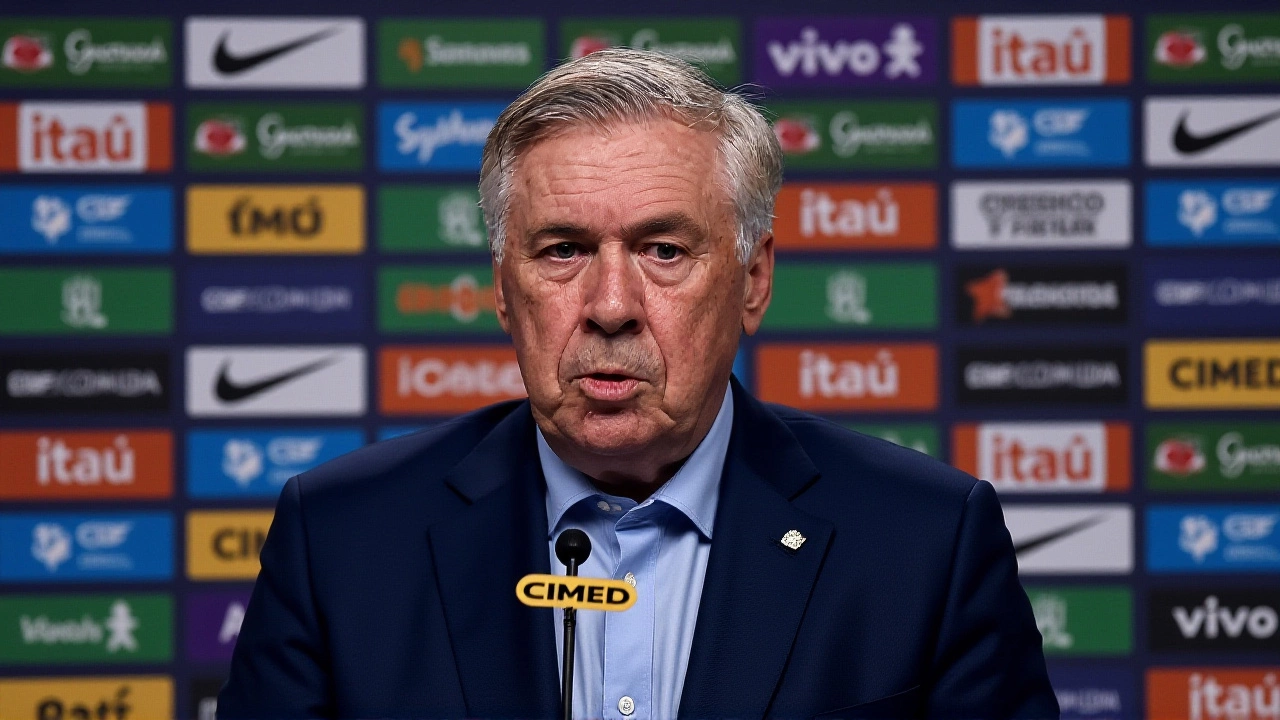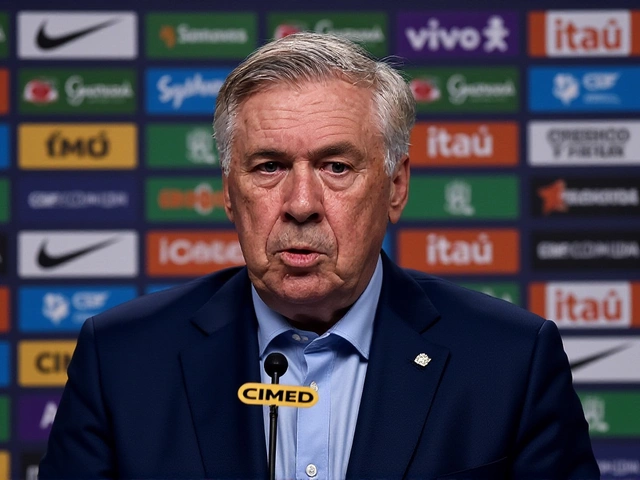When Bruno Guimarães, midfielder for Newcastle United and his club teammate Joelinton discovered a shattered aircraft window over the North Sea, they had no idea the mishap would scramble Brazil’s preparation for a friendly in Seoul. The incident unfolded on October 7, 2025 (Korea time) when the chartered flight from Amsterdam to South Korea was forced to turn back to Schiphol, dumping more than a dozen hours onto the players’ already packed schedules. Broken window – that’s the phrase that cropped up in every briefing from the Brazil Football Confederation (CBF) as they scrambled to re‑book the two midfielders for a Wednesday night departure.
Travel Turmoil: What Went Wrong?
The aircraft, a modern long‑haul jet, suffered a structural breach mid‑flight, prompting the pilots to execute an emergency return to Amsterdam Airport Schiphol. According to Brazilian outlet Globo, cited by South Korea’s Chosun Ilbo, the broken window forced a 12‑hour round‑trip detour. The players, who were slated to land in Seoul on Tuesday, October 7, ended up circling back to the Netherlands and only managed to secure a new seat on a late‑night flight that touched down in the Korean capital on Wednesday night.
While airline technicians inspected the fuselage, the CBF’s logistics team faced a ticking clock. Their contingency plan? Shift the squad’s training session from the morning of October 9 to a later slot, hoping the delayed arrivals would still make the line‑up for Friday’s friendly.
CBF’s Response and Squad Adjustments
Head coach Carlo Ancelotti, newly appointed to lead Brazil, was left in a lurch. The Italian, who also commands Italy’s national side, had never before juggled a squad across three continents in a single FIFA international window. Ancelotti’s press briefing on Thursday, October 8, acknowledged the setback but emphasized that the team’s tactical preparation would continue unabated.
“We’ve got a lot of work to do, and a couple of key midfielders missing for a day doesn’t change the fundamentals,” Ancelotti told reporters backstage at the training complex in Rio de Janeiro. The CBF confirmed that backup options, including domestic league stand‑ins, would fill the gaps in the midfield drills until Guimarães and Joelinton arrived.
The Friendly Unfolds: Brazil Crushes South Korea 5‑0
Despite the drama, the match went ahead on October 10 at an unnamed stadium in Seoul. The fixture, marked as a Brazil vs South Korea FriendlySeoul, turned into a showcase of attacking flair.
Real Madrid forward Rodrygo opened the scoring, later adding a second as Brazil rode a wave of confidence. Fellow teenage striker Estevão Willian Alves Caldart netted a brace, while Vinícius Júnior capped the night with a solo effort that left the Korean goalkeeper grasping at air.
Statistics from Fotmob painted a picture of dominance: five goals from seven shots on target, an xG of 2.94 blown out of the water, and a possession share hovering near 60 %. The South Korean side managed only two chances, both of which were comfortably saved.
Post‑match, Rodrygo explained, “I was told to treat these friendlies as if they were World Cup finals. That mindset helped us stay sharp, and the result shows we’re on the right path.” His comments echoed the optimism felt across the Brazilian camp, even as Guimarães and Joelinton missed the game.
Reactions, Jersey Gaffe, and What It Means
The victory was not without its hiccups. Brazilian fans and pundits alike took to social media to point out a jersey design error that surfaced during the match – the home kit’s sleeve logo was mistakenly printed upside down, according to Tribuna. The CBF issued a brief apology on its official channels, noting that the mishap would be corrected for upcoming fixtures.
Analysts see the friendly as a litmus test for Ancelotti’s evolving system. With Brazil already qualified for the 2026 World Cup, the matches against South Korea and a later date against Japan are viewed as opportunities to fine‑tune squad chemistry, especially among the European‑based players who spend most of the year overseas.
“Logistics will always be a challenge when your stars have to fly halfway around the globe on short notice,” said former Brazil midfielder Juninho Pernambucano in a televised interview. “But if the coaching staff can adapt, the team’s resilience only grows.”
Looking Ahead: Next Steps Before the World Cup
Brazil’s schedule remains packed. After the South Korea friendly, the Seleção will face Japan later in October before embarking on a series of European friendlies in November. Ancelotti has indicated that the next training camp in Rio will feature a full‑strength lineup, assuming the delayed midfielders are fit after their arduous travel.
Meanwhile, the CBF is reportedly reviewing its travel protocols, considering backup aircraft options for future Asian tours. The incident has sparked a broader conversation among FIFA’s logistics committees about the safety standards for long‑haul charter flights involving national teams.
For the fans, the takeaway is simple: the Brazil squad can still deliver fireworks, even when the plane’s window breaks. As the World Cup looms, the team’s ability to overcome unexpected hurdles could become a defining narrative.
Frequently Asked Questions
Why were Bruno Guimarães and Joelinton delayed before the Seoul friendly?
A structural failure caused a window on their chartered flight to break mid‑journey, forcing an emergency return to Amsterdam Airport Schiphol. The detour added about 12 hours to the travel time, meaning the players could only catch a later flight that arrived Wednesday night.
Did the delay affect Brazil’s performance against South Korea?
The match proceeded without the two midfielders, but Brazil still won 5‑0, showcasing depth in attack. While the delay limited squad options for the friendly, it did not hinder the overall result or the team’s morale.
What was the jersey error noticed during the game?
The home kit’s sleeve logo was printed upside down, a mistake highlighted by fans and reported by Tribuna. The CBF apologized and promised a corrected design for subsequent matches.
How is head coach Carlo Ancelotti handling the logistical hiccup?
Ancelotti adjusted the training schedule, used domestic players to fill midfield gaps, and emphasized that the team’s tactical preparation remains on track. He also stressed that such travel issues are part of the job when managing a globally dispersed squad.
What are Brazil’s next fixtures before the 2026 World Cup?
After the South Korea friendly, Brazil will meet Japan later in October, followed by a series of European friendlies in November. These matches will serve as final tuning sessions before the World Cup qualifiers resume in 2025.





